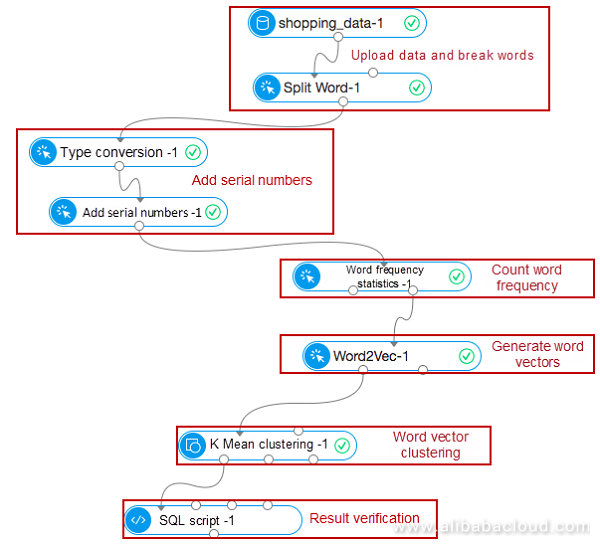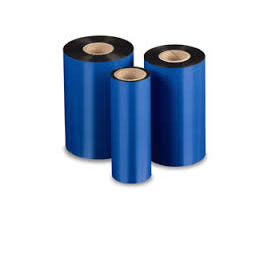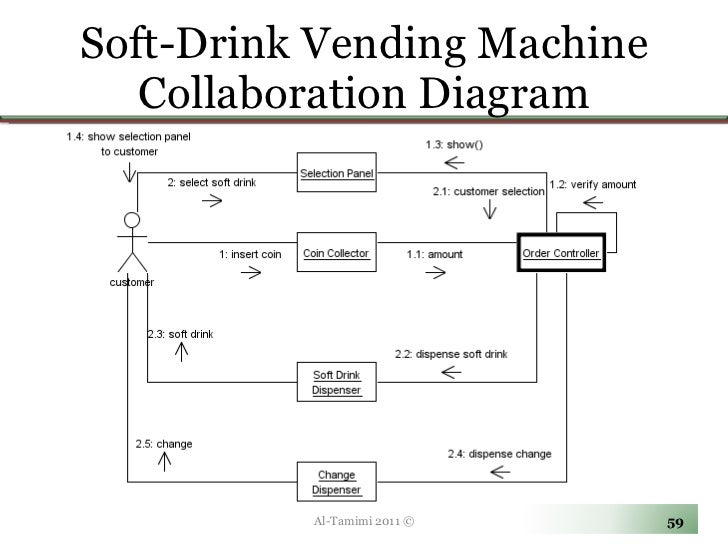42 soft labels machine learning
Learning classification models with soft-label information Materials and methods: Two types of methods that can learn improved binary classification models from soft labels are proposed. The first relies on probabilistic/numeric labels, the other on ordinal categorical labels. We study and demonstrate the benefits of these methods for learning an alerting model for heparin induced thrombocytopenia. Knowledge distillation in deep learning and its ... Soft labels refers to the output of the teacher model. In case of classification tasks, the soft labels represent the probability distribution among the classes for an input sample. The second category, on the other hand, considers works that distill knowledge from other parts of the teacher model, optionally including the soft labels.
Labelling Images - 15 Best Annotation Tools in 2022 For this purpose, the best machine learning as a service and image processing service is offered by Folio3 and is highly recommended by many. Image Labeling can be used through APIs that are both, cloud-based and on the device itself, making it easier to use, and is friendly with both the main software systems, iOS and Android.

Soft labels machine learning
PDF Efficient Learning with Soft Label Information and ... Note that our learning from auxiliary soft labels approach is complementary to active learning: while the later aims to select the most informative examples, we aim to gain more useful information from those selected. This gives us an opportunity to combine these two 3 approaches. 1.2 LEARNING WITH MULTIPLE ANNOTATORS How to Develop Voting Ensembles With Python Voting is an ensemble machine learning algorithm. For regression, a voting ensemble involves making a prediction that is the average of multiple other regression models. In classification, a hard voting ensemble involves summing the votes for crisp class labels from other models and predicting the class with the most votes. A soft voting ensemble involves summing the predicted probabilities ... comparison - What is the definition of "soft label" and ... A soft label is one which has a score (probability or likelihood) attached to it. So the element is a member of the class in question with probability/likelihood score of eg 0.7; this implies that an element can be a member of multiple classes (presumably with different membership scores), which is usually not possible with hard labels.
Soft labels machine learning. What is data labeling? In machine learning, data labeling is the process of identifying raw data (images, text files, videos, etc.) and adding one or more meaningful and informative labels to provide context so that a machine learning model can learn from it. For example, labels might indicate whether a photo contains a bird or car, which words were uttered in an ... Data Labeling Software: Best Tools For Data Labeling in ... The machine learning backend adds the popular and efficient ML frameworks to create accurate datasets automatically. The benefits are: Supports labeling of data of different types. Easy to use and automatic. Accessible in any web browser and also can be embedded in personal applications. Generates high-level dataset with precise labeling workflow. Is it okay to use cross entropy loss function with soft ... In the case of 'soft' labels like you mention, the labels are no longer class identities themselves, but probabilities over two possible classes. Because of this, you can't use the standard expression for the log loss. But, the concept of cross entropy still applies. In fact, it seems even more natural in this case. Label smoothing with Keras, TensorFlow, and Deep Learning ... This type of label assignment is called soft label assignment. Unlike hard label assignments where class labels are binary (i.e., positive for one class and a negative example for all other classes), soft label assignment allows: The positive class to have the largest probability While all other classes have a very small probability
Regression - Features and Labels - Python Programming With supervised learning, you have features and labels. The features are the descriptive attributes, and the label is what you're attempting to predict or forecast. Another common example with regression might be to try to predict the dollar value of an insurance policy premium for someone. Labeling images and text documents - Azure Machine Learning No machine learning model has 100% accuracy. While we only use data for which the model is confident, these data might still be incorrectly prelabeled. When you see labels, correct any wrong labels before submitting the page. Especially early in a labeling project, the machine learning model may only be accurate enough to prelabel a small ... Features and labels - Module 4: Building and evaluating ML ... This module explores the various considerations and requirements for building a complete dataset in preparation for training, evaluating, and deploying an ML model. It also includes two demos—Vision API and AutoML Vision—as relevant tools that you can easily access yourself or in partnership with a data scientist. How to Organize Data Labeling for Machine Learning ... How You Can Use Machine Learning to Automatically Label Data; Top Stories, Apr 26 - May 2: Data Scientist vs Machine Learning Engineer -… A Quick Guide to Find the Right Minds for Annotation; Top Stories, May 10-16: Essential Linear Algebra for Data Science and…
Label Smoothing: An ingredient of higher model accuracy ... These are soft labels, instead of hard labels, that is 0 and 1. This will ultimately give you lower loss when there is an incorrect prediction, and subsequently, your model will penalize and learn incorrectly by a slightly lesser degree. Semi-Supervised Learning With Label Propagation Nodes in the graph then have label soft labels or label distribution based on the labels or label distributions of examples connected nearby in the graph. Many semi-supervised learning algorithms rely on the geometry of the data induced by both labeled and unlabeled examples to improve on supervised methods that use only the labeled data. What is the difference between soft and hard labels ... Soft Label = probability encoded e.g. [0.1, 0.3, 0.5, 0.2] Soft labels have the potential to tell a model more about the meaning of each sample. 6 More posts from the learnmachinelearning community 734 Posted by 5 days ago 2 Project Started learning ML 2 years, now using GPT-3 to automate CV personalisation for job applications! The Ultimate Guide to Data Labeling for Machine Learning In machine learning, if you have labeled data, that means your data is marked up, or annotated, to show the target, which is the answer you want your machine learning model to predict. In general, data labeling can refer to tasks that include data tagging, annotation, classification, moderation, transcription, or processing.
How to Label Data for Machine Learning: Process and Tools ... Data labeling (or data annotation) is the process of adding target attributes to training data and labeling them so that a machine learning model can learn what predictions it is expected to make. This process is one of the stages in preparing data for supervised machine learning.
Understanding Deep Learning on Controlled Noisy Labels In "Beyond Synthetic Noise: Deep Learning on Controlled Noisy Labels", published at ICML 2020, we make three contributions towards better understanding deep learning on non-synthetic noisy labels. First, we establish the first controlled dataset and benchmark of realistic, real-world label noise sourced from the web (i.e., web label noise ...
Efficient Learning of Classification Models from Soft ... soft-label further refining its class label. One caveat of apply- ing this idea is that soft-labels based on human assessment are often noisy. To address this problem, we develop and test a new classification model learning algorithm that relies on soft-label binning to limit the effect of soft-label noise. We
PDF - Meta Soft Label Generation for Noisy Labels PDF - The existence of noisy labels in the dataset causes significant performance degradation for deep neural networks (DNNs). To address this problem, we propose a Meta Soft Label Generation algorithm called MSLG, which can jointly generate soft labels using meta-learning techniques and learn DNN parameters in an end-to-end fashion. Our approach adapts the meta-learning paradigm to estimate ...
Learning Soft Labels via Meta Learning - Apple Machine ... Learning Soft Labels via Meta Learning View publication Copy Bibtex One-hot labels do not represent soft decision boundaries among concepts, and hence, models trained on them are prone to overfitting. Using soft labels as targets provide regularization, but different soft labels might be optimal at different stages of optimization.
Pseudo Labelling - A Guide To Semi-Supervised Learning There are 3 kinds of machine learning approaches- Supervised, Unsupervised, and Reinforcement Learning techniques. Supervised learning as we know is where data and labels are present. Unsupervised Learning is where only data and no labels are present. Reinforcement learning is where the agents learn from the actions taken to generate rewards.
How to Label Data for Machine Learning in Python - ActiveState Data labeling in Machine Learning (ML) is the process of assigning labels to subsets of data based on its characteristics. Data labeling takes unlabeled datasets and augments each piece of data with informative labels or tags. Most commonly, data is annotated with a text label.
ARIMA for Classification with Soft Labels | by Marco ... In this post, we introduced a technique to carry out classification tasks with soft labels and regression models. Firstly, we applied it with tabular data, and then we used it to model time-series with ARIMA. Generally, it is applicable in every context and every scenario, providing also probability scores.
python - scikit-learn classification on soft labels ... Cross-entropy loss function can handle soft labels in target naturally. It seems that all loss functions for linear classifiers in scikit-learn can only handle hard labels. So the question is probably: How to specify my own loss function for SGDClassifier, for example.
[2009.09496] Learning Soft Labels via Meta Learning - arXiv Learning Soft Labels via Meta Learning Nidhi Vyas, Shreyas Saxena, Thomas Voice One-hot labels do not represent soft decision boundaries among concepts, and hence, models trained on them are prone to overfitting. Using soft labels as targets provide regularization, but different soft labels might be optimal at different stages of optimization.
comparison - What is the definition of "soft label" and ... A soft label is one which has a score (probability or likelihood) attached to it. So the element is a member of the class in question with probability/likelihood score of eg 0.7; this implies that an element can be a member of multiple classes (presumably with different membership scores), which is usually not possible with hard labels.
How To Label Data for Machine Learning: Data Labelling in Machine Learning & AI - Soft2Share
How to Develop Voting Ensembles With Python Voting is an ensemble machine learning algorithm. For regression, a voting ensemble involves making a prediction that is the average of multiple other regression models. In classification, a hard voting ensemble involves summing the votes for crisp class labels from other models and predicting the class with the most votes. A soft voting ensemble involves summing the predicted probabilities ...
PDF Efficient Learning with Soft Label Information and ... Note that our learning from auxiliary soft labels approach is complementary to active learning: while the later aims to select the most informative examples, we aim to gain more useful information from those selected. This gives us an opportunity to combine these two 3 approaches. 1.2 LEARNING WITH MULTIPLE ANNOTATORS














Post a Comment for "42 soft labels machine learning"